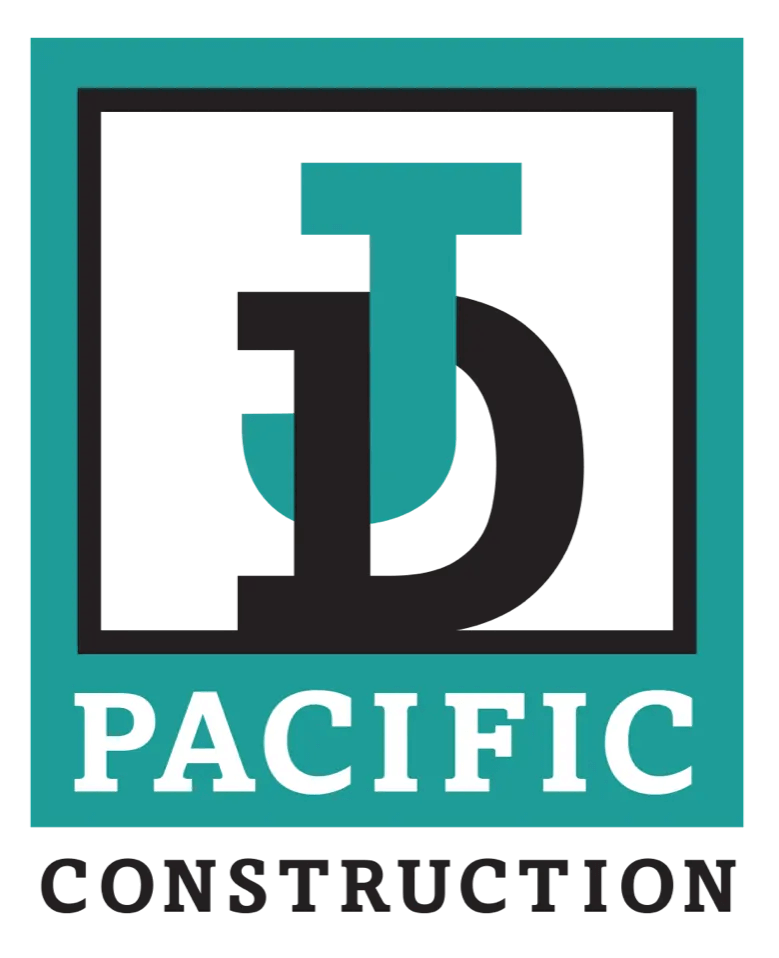Innovations in medical facility construction are transforming the healthcare landscape, with advancements in sustainable design, construction materials, and technology revolutionizing the way medical facilities are built and operated. Here’s a look at some of the latest trends and innovations shaping the future of medical facility construction:
- Sustainable Design: Green building practices are becoming increasingly prevalent in medical facility construction, with a focus on energy efficiency, water conservation, and environmental sustainability. LEED-certified buildings, solar panels, green roofs, and recycled materials are just a few examples of sustainable design features being incorporated into modern medical facilities.
- Modular Construction: Modular construction techniques are gaining popularity in medical facility construction due to their efficiency, cost-effectiveness, and flexibility. Prefabricated modules can be constructed off-site and assembled on-site, reducing construction time and disruption to ongoing medical operations. This approach allows for faster project delivery and greater adaptability to evolving healthcare needs.
- Advanced Technologies: Technological innovations are revolutionizing the way medical facilities are designed, constructed, and operated. Building Information Modeling (BIM), virtual reality (VR), and augmented reality (AR) are being used to enhance the design and planning process, improve collaboration among project stakeholders, and visualize complex medical facility layouts before construction begins.
- Telemedicine Integration: The integration of telemedicine technologies is reshaping the layout and design of medical facilities to accommodate virtual healthcare delivery models. Design considerations such as telemedicine consultation rooms, remote monitoring stations, and telehealth kiosks are being incorporated into the planning and construction of new medical facilities to support remote patient care and telemedicine services.
- Patient-Centered Design: Patient-centered design principles are guiding the construction of modern medical facilities, with an emphasis on creating healing environments that prioritize patient comfort, safety, and well-being. Features such as natural light, soothing colors, comfortable furnishings, and access to outdoor spaces are being incorporated to enhance the patient experience and promote healing.
- Infection Control Measures: In response to the COVID-19 pandemic, medical facility construction is placing greater emphasis on infection control measures and pandemic preparedness. Design strategies such as negative pressure isolation rooms, antimicrobial surfaces, and enhanced ventilation systems are being implemented to minimize the spread of infectious diseases and ensure the safety of patients and healthcare workers.
- Flexibility and Adaptability: Flexibility and adaptability are key considerations in the design and construction of medical facilities to accommodate evolving healthcare needs and technological advancements. Modular layouts, adaptable spaces, and flexible infrastructure systems allow medical facilities to easily reconfigure and expand in response to changing patient demographics, medical technologies, and healthcare delivery models.
By embracing these innovations in medical facility construction, healthcare organizations can create state-of-the-art facilities that enhance patient care, improve operational efficiency, and support the delivery of high-quality healthcare services. From sustainable design practices to advanced technologies and patient-centered design principles, the future of medical facility construction holds immense promise for the healthcare industry.
References: Health Facilities, Building Better Healthcare




